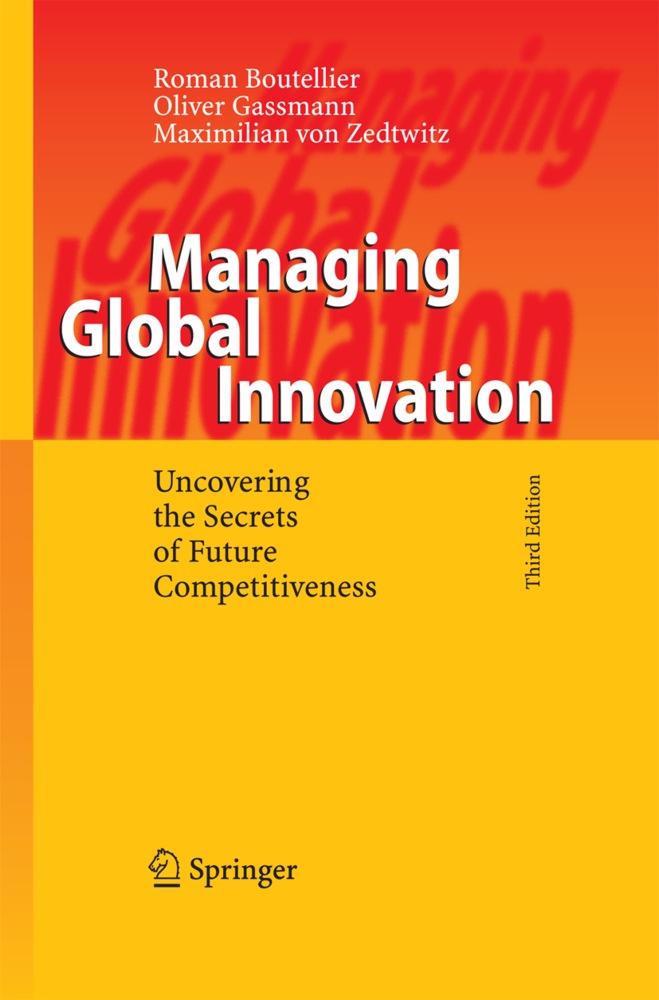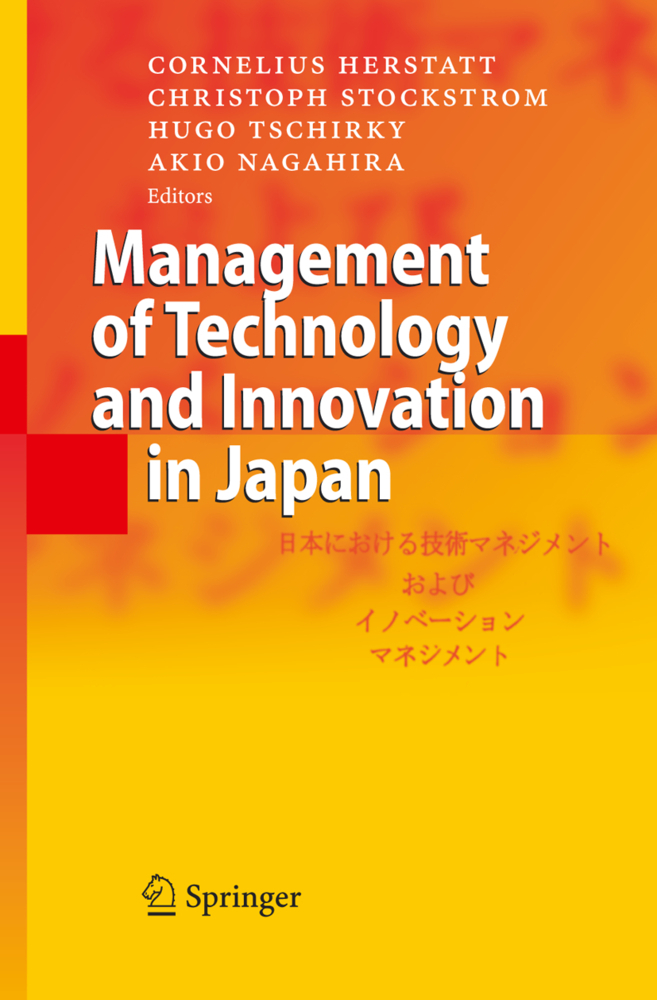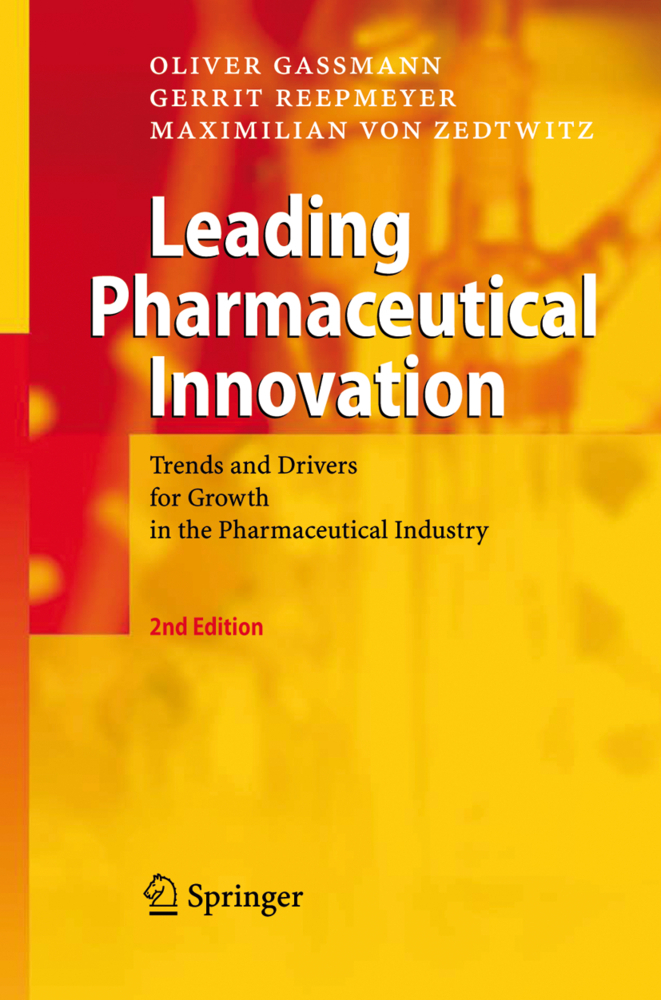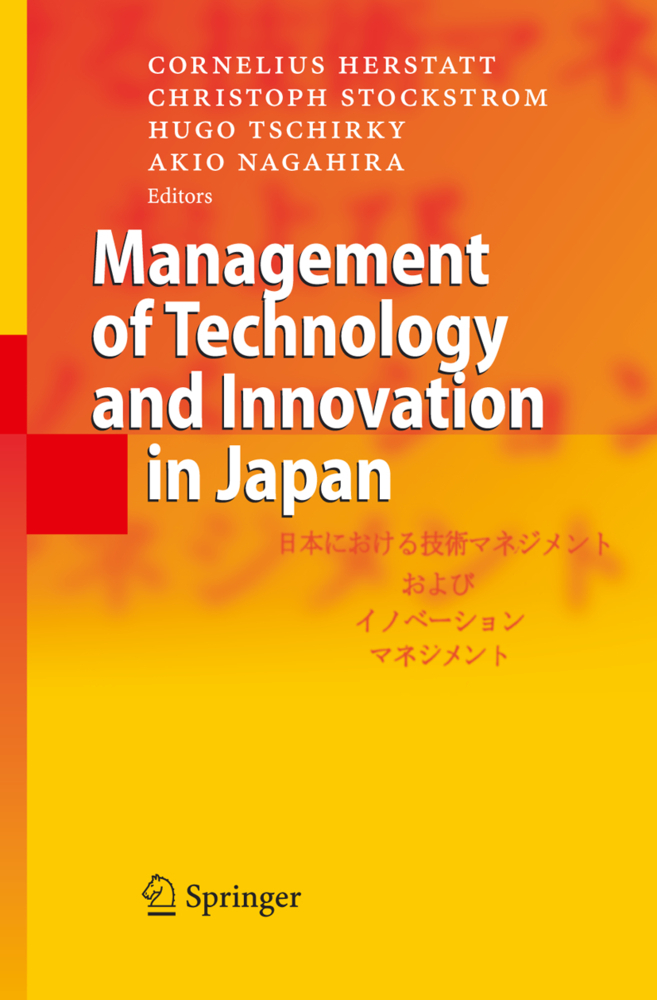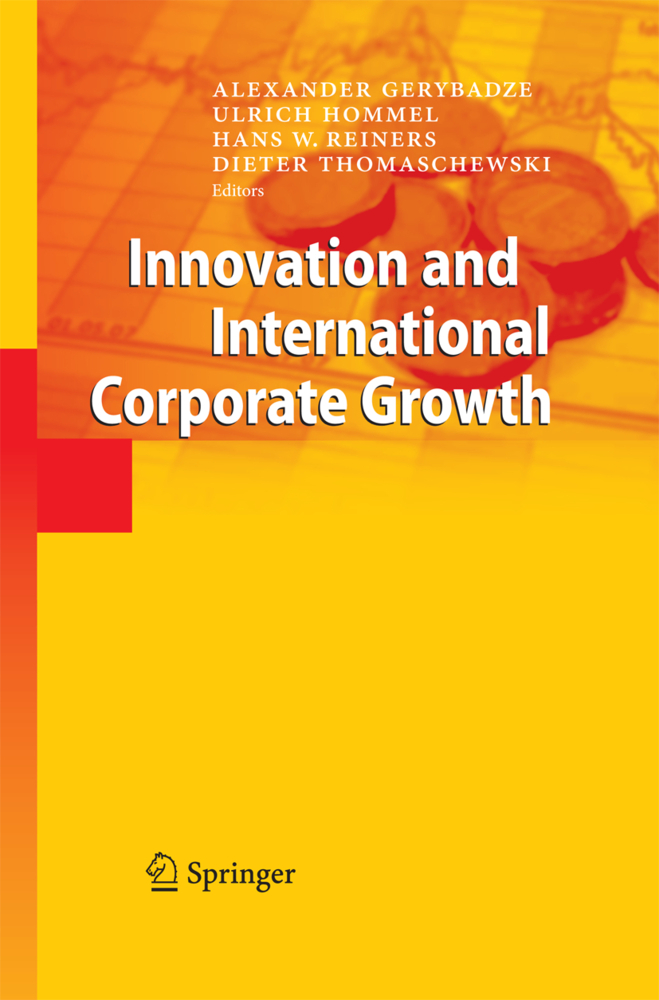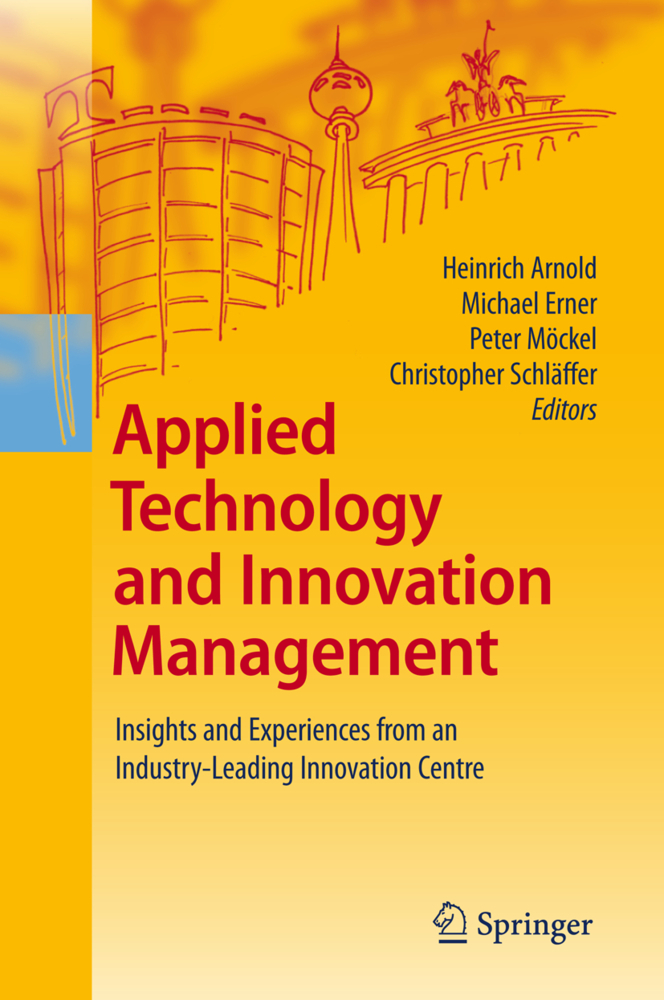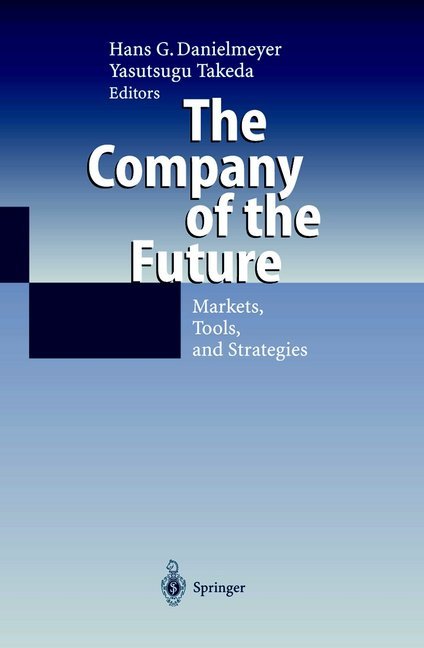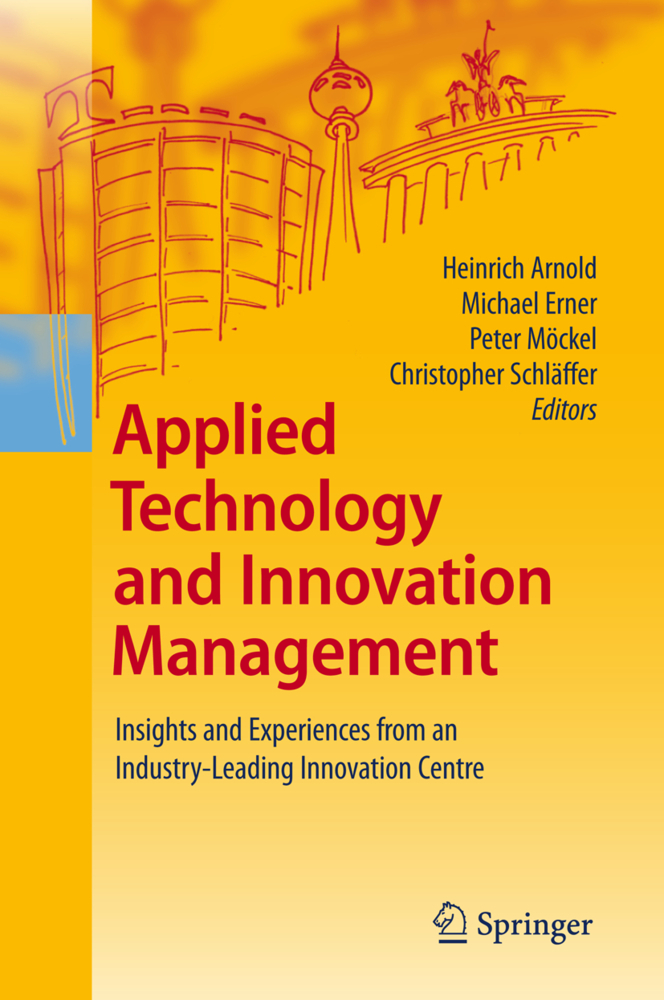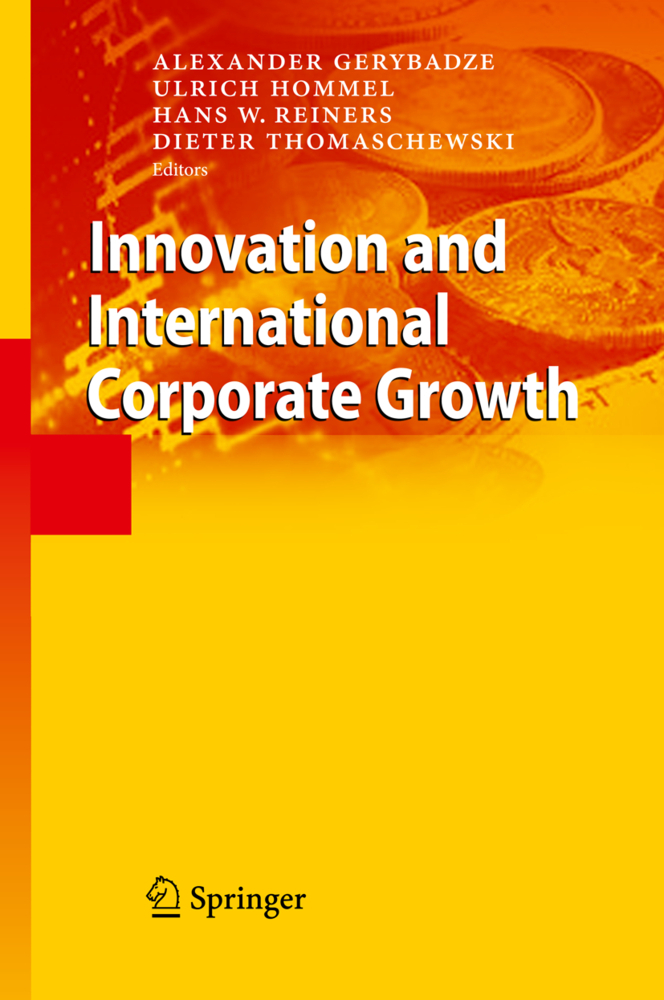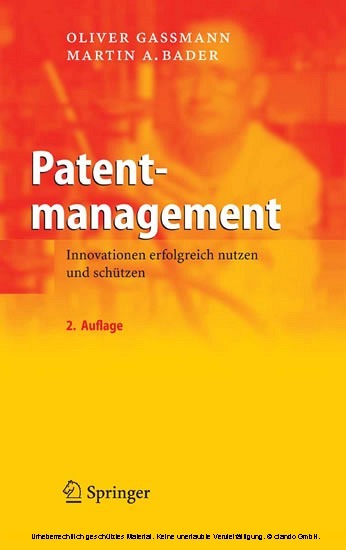Managing Global Innovation
Uncovering the Secrets of Future Competitiveness
If R&D and innovation in the 1990s were about more internationalization, more corporate entrepreneurship, and more information-integration, then the 2000s have been about consolidating and expanding these trends further: more globalization including the technology mavericks of China and India, more open and inbound innovation integrating external technology providers, and more web- and Intern- enabling of innovation processes by involving R&D contributors regardless of their location. The corporate R&D powerhouses of the 1980s are now mostly history. Even where they survived, they had to yield to corporate efficiency efforts and business-wide integration programs. Still, it would be unfair to belittle them in retrospect as they have found new roles in corporate R&D and innovation n- works. In fact, the very successes of centralized R&D organizations of the 1970s and 1980s made possible the revolution of globalized innovation that we have been witnessing since the 1990s. The first two editions of Managing Global Innovation, published in 1999 and 2000, were testimonials of an increasingly internationalizing world of innovation and R&D. In this third edition of Managing Global Innovation, we have retained the basic structure of two conceptual parts (I and II) and three case study parts (III, IV, V). However, we have greatly revised all chapters, including the final 'Imp- cations' chapter (part VI), and incorporated new chapters and cases that illuminate and describe the recent trends in the context of the beginnings of global innovation in the 1980s and 1990s.
1;Third edition;4 2;Preface to the Third Edition;6 3;Preface to the Second Edition;8 4;Contents;10 5;Part I Challenges and Trends;12 5.1;I.1 Challenges of Organizing International Research & Development;13 5.1.1;1 Changes in the Global Innovation Environment;13 5.1.2;2 Key Topics in Global R&D Management;39 5.2;I.2 Extent of R&D Internationalization;50 5.2.1;1 International R&D and Countries;50 5.2.2;2 International R&D and Multinational Companies;54 5.2.3;3 Factors Driving R&D Internationalization;57 5.2.4;4 Conclusion;64 5.3;I.3 Foreign R&D in China;70 5.3.1;1 The Rise of China as a Destination of Foreign R&D;70 5.3.2;2 How Important is Foreign R&D in China?;71 5.3.3;3 Research on R&D in China;72 5.3.4;4 Differences in Management Styles;79 5.3.5;5 Interaction with the Local Innovation System;81 5.3.6;6 Managing Chinese R&D Staff;82 5.3.7;7 Conclusions and Outlook;83 5.4;I.4 Internal Drivers;85 5.4.1;1 Five Organizational Concepts of International R& D Organization;85 5.4.2;2 Ethnocentric Centralized R&D;87 5.4.3;3 Geocentric Centralized R&D;89 5.4.4;4 Polycentric Decentralized R&D;91 5.4.5;5 R&D Hub Model;93 5.4.6;6 The Integrated R&D Network;96 5.4.7;7 Organizing International R&D;100 5.4.8;8 Conclusions;103 5.5;I.5 External Drivers;105 5.5.1;1 Four Archetypes of Externally Driven R& D Internationalization;105 5.5.2;2 National-Treasure R&D: Domestic Research and Domestic Development;107 5.5.3;3 Technology-Driven R&D: Dispersed Research and Domestic Development;108 5.5.4;4 Market-Driven R&D: Domestic Research and Dispersed Development;110 5.5.5;5 Global R&D: Dispersed Research and Dispersed Development;111 5.5.6;6 External Forces and Trends;112 5.5.7;7 Differentiating the Four Archetypes;115 5.5.8;8 Conclusions;119 5.6;I.6 Establishing Overlaying Structures;121 5.6.1;1 Perspectives of R&D Organization;121 5.6.2;2 Constituents of the Project and Processes Structure;124 5.6.3;3 Constituents of the Informal Links and Network Structure;128 5.6.4;4 Conclusions;133 5.7;I.7 Organizing Virtual R&D Teams;135 5.7.1;1 Organization of Virtual R&D Teams;135 5.7.2;2 Decentralized Self-Coordination;136 5.7.3;3 System Integrator as R&D Coordinator;139 5.7.4;4 The Core Team as a System Architect;142 5.7.5;5 Centralized Venture Team;147 5.7.6;6 Contingency Approach to Virtual R&D Teams;150 5.7.7;7 Conclusions;152 6;Part II Emerging Patterns;155 6.1;II.1 The Market as a Challenge for R&D;156 6.1.1;1 Push versus Pull Orientation;156 6.1.2;2 Focusing R&D on Market Needs;158 6.1.3;3 Siemens - Positioning Central Research;162 6.1.4;4 General Electric - Staying Vital through Business- Orientation and Cooperation;166 6.1.5;5 EGU - Matrix Organization in a Research Environment;168 6.1.6;6 Rolic - Selling Liquid Crystal Research to Customers and Markets;171 6.1.7;7 Conclusions;174 6.2;II.2 Technology Listening Posts;177 6.2.1;1 Listening Posts in R&D;177 6.2.2;2 Towards Organizational Concepts for Listening Posts;179 6.2.3;3 Trend Scout;181 6.2.4;4 Technology Outposts;182 6.2.5;5 Match Maker;184 6.2.6;6 Hybrid Listening Post Configurations;185 6.2.7;7 Managerial Implications and Conclusions;186 6.3;II.3 Managing the International R-to-D Interface;189 6.3.1;1 The Three Roles of the R-to-D Interface;189 6.3.2;2 Why is Research Different from Development?;192 6.3.3;3 Ensuring Vertical Transfer of Knowledge through R& D Funding;200 6.3.4;4 How to Get Technology Across;205 6.3.5;5 Conclusions;213 6.4;II.4 Transnational R&D Processes;215 6.4.1;1 Distinguishing R&D Phases;215 6.4.2;2 Stage-Gate-Processes to Support Project Management;218 6.4.3;3 Pre-project Phase: Fostering Creativity;221 6.4.4;4 Development Phase: Focusing on Efficiency;229 6.4.5;5 Market Introduction: Focus on Time-to-Money;233 6.4.6;6 Conclusions;236 6.5;II.5 Information & Communication Technologies;239 6.5.1;1 ICT Changes How R&D is Done;239 6.5.2;2 The Need for ICT in Transnational R&D Projects;239 6.5.3;3 Use of ICT in Decentralized Projects;242 6.5.4;4 Selected ICT Instruments;246 6.5
Boutellier, Roman
Gassmann, Oliver
Zedtwitz, Max
| ISBN | 9783540689522 |
|---|---|
| Artikelnummer | 9783540689522 |
| Medientyp | E-Book - PDF |
| Auflage | 3. Aufl. |
| Copyrightjahr | 2008 |
| Verlag | Springer-Verlag |
| Umfang | 807 Seiten |
| Sprache | Englisch |
| Kopierschutz | Digitales Wasserzeichen |


